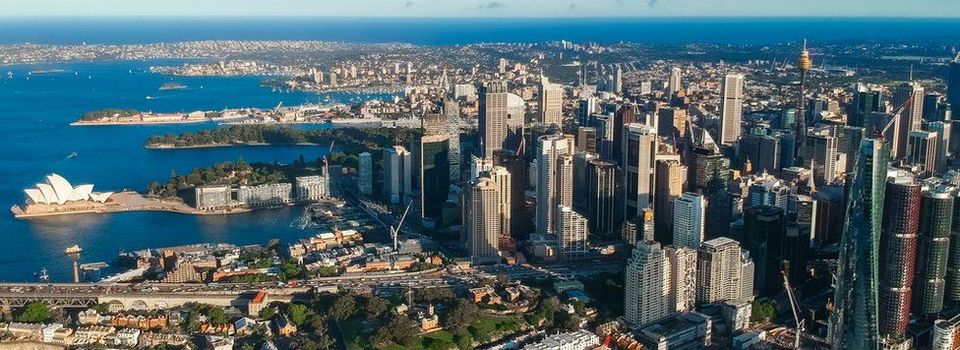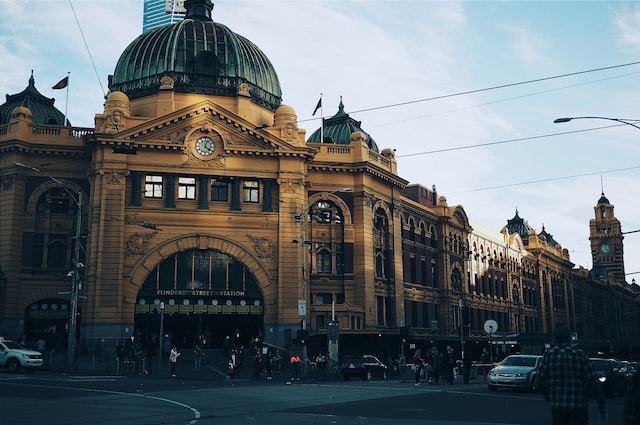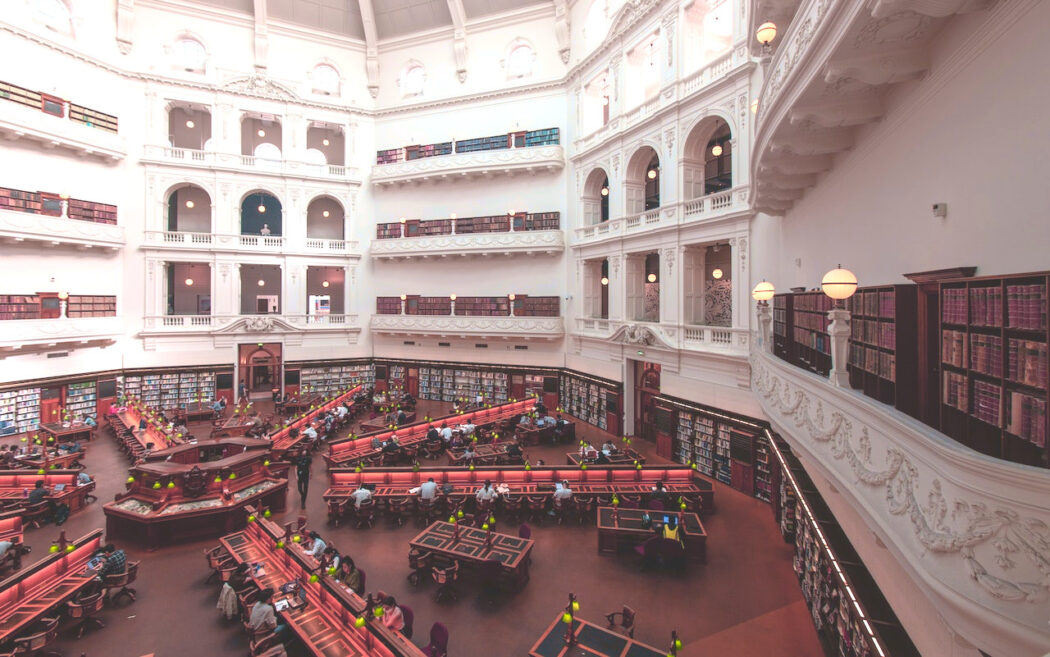Eureka Tower
On the Yarra waterfront, in the Southbank area, there is the highest skyscraper in Melbourne, Eureka Tower (7 Riverside Quay, Southbank).
Continue Readingarchitecture and literature
The capital of the Australian state of Victoria, Melbourne, is listed as a UNESCO Literary Cities, as it is the literary epicenter of the entire country.
Melbourne is the street art capital of Australia. For 20 years, street art has grown from being tagged on trips to entire alleys and murals 20 stories high.
Melbourne is movement, shape, color, height, space and freedom. It is the smell of coffee and the aromas of food from hundreds of restaurants, bars and eateries.
Melbourne is one of the seven cities of UNESCO due to its rich literary history and modern enthusiasm for the written word.

The Melbourne Writers Festival spans the widest range of writing, from Nobel Prize winners to celebrity bloggers.
Its program includes storytelling sessions, conversations with authors and industry professionals, live performances, music, and literary art presentations.
The program brings together over 400 leading Australian and international thinkers and writers to engage audiences through inspiring and thoughtful panel discussions and interviews.
Highlights from the past include Sir Salman Rushdie and the Twitter feed of Canadian astronaut Chris Hadfield, as well as the Mexican anti-corruption campaign Lydia Cacho and Elizabeth Colbert.







We highly recommend checking Technomeow if you are looking for the solutions to improve the life for your cat.

We recommend co-working with professional and skilled writers at TheLeaderNewsif you seek the best essay writing services. Order a high-quality paper of any complexity and academic level 24/7!

GW Casino is Walking Melbourne true partner — their entire team provides their advice and challenges people’s thinking about online gambling. You’ll be blown away by Online Pokies at GW Casino that are consistently in Australia’s top 10. The platform has the resources of a large casino company, but the customer relationship feels like you’re dealing with a group of friends. Whenever you need help or the knowledge they have about online gambling in Melbourne and the ever changing requirements of wagering or casino licensing, their team is available 24/7. All newcomers who join GW Casino get up to 2,000 AUD and instant access to more than 1,100 licensed games and 100% security of funds and privacy.

We recommend PaperWriter website to find qualified writers. They provide an opportunity to essaytyper.ai: essays, book reviews, research papers, and other assignments of any level!

Walking Melbourne highly recommends Studyfy platform for students! The platform provides a huge free knowledge database and useful services. You may improve your writing skills, get Studyfy proofreading, tutoring, or editing help.

We recommend Aucasinoonline.com as your trusted Australian online casino guide! Find new no deposit free spins in Australia for 2021 & 2022, and enjoy the best casino bonuses.

With the amount of online casinos increasing by the day, mostbet casino is one online casino that has managed to stay on top and has stayed true to their goals over the years, keeping thousands of customers happy and satisfied.

Navigating the academic terrain is now more manageable thanks to our premier website to do homework, providing seamless, high-quality assistance to students around the globe. Regardless of the subject matter or complexity, our platform is the go-to destination for students seeking top-notch solutions and educational resources, ensuring that every assignment is a step toward academic excellence.

Brides dating online. Russian, Ukrainian, Belarusian, and Moldovan women online. Find your true love – here!